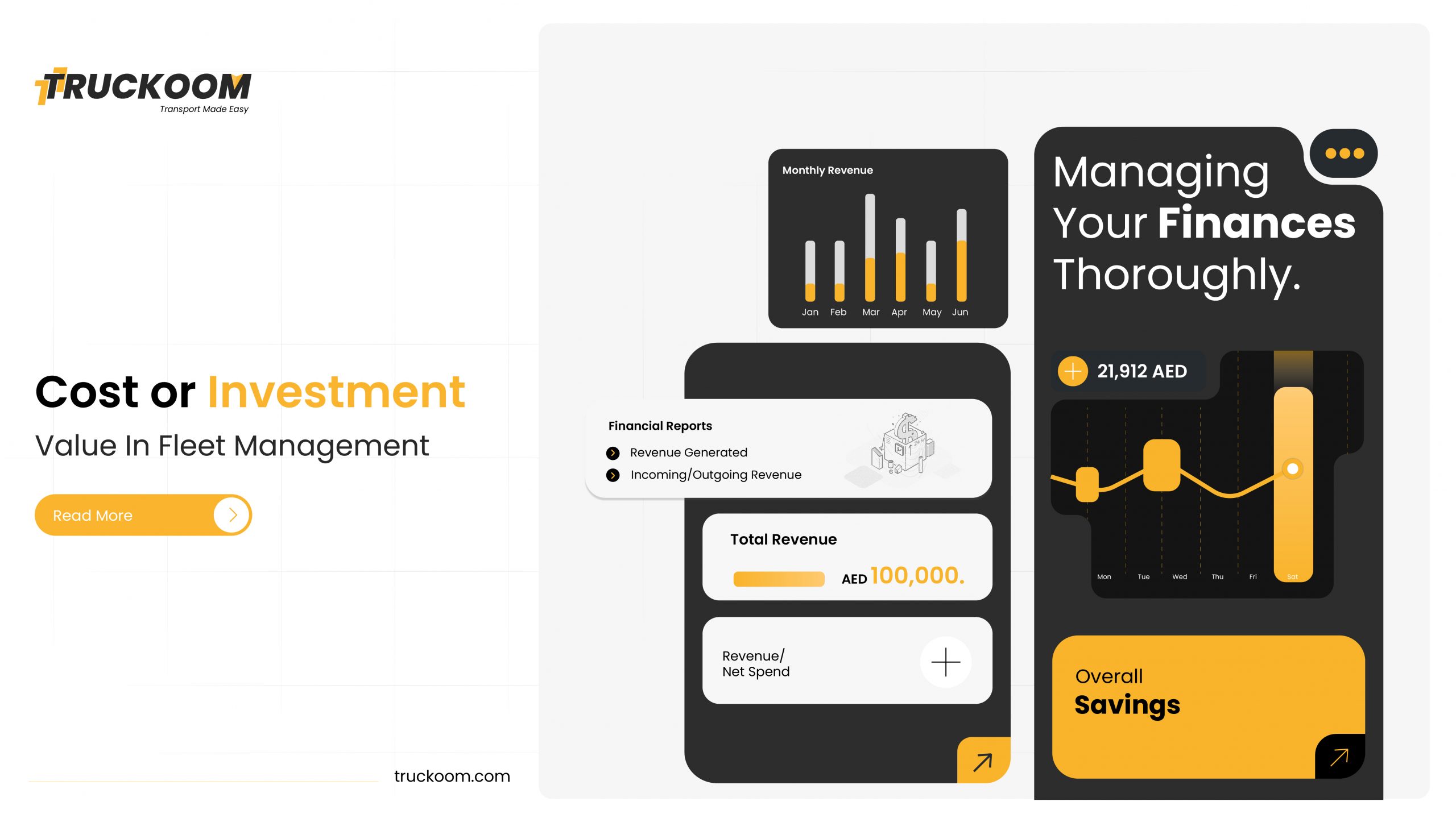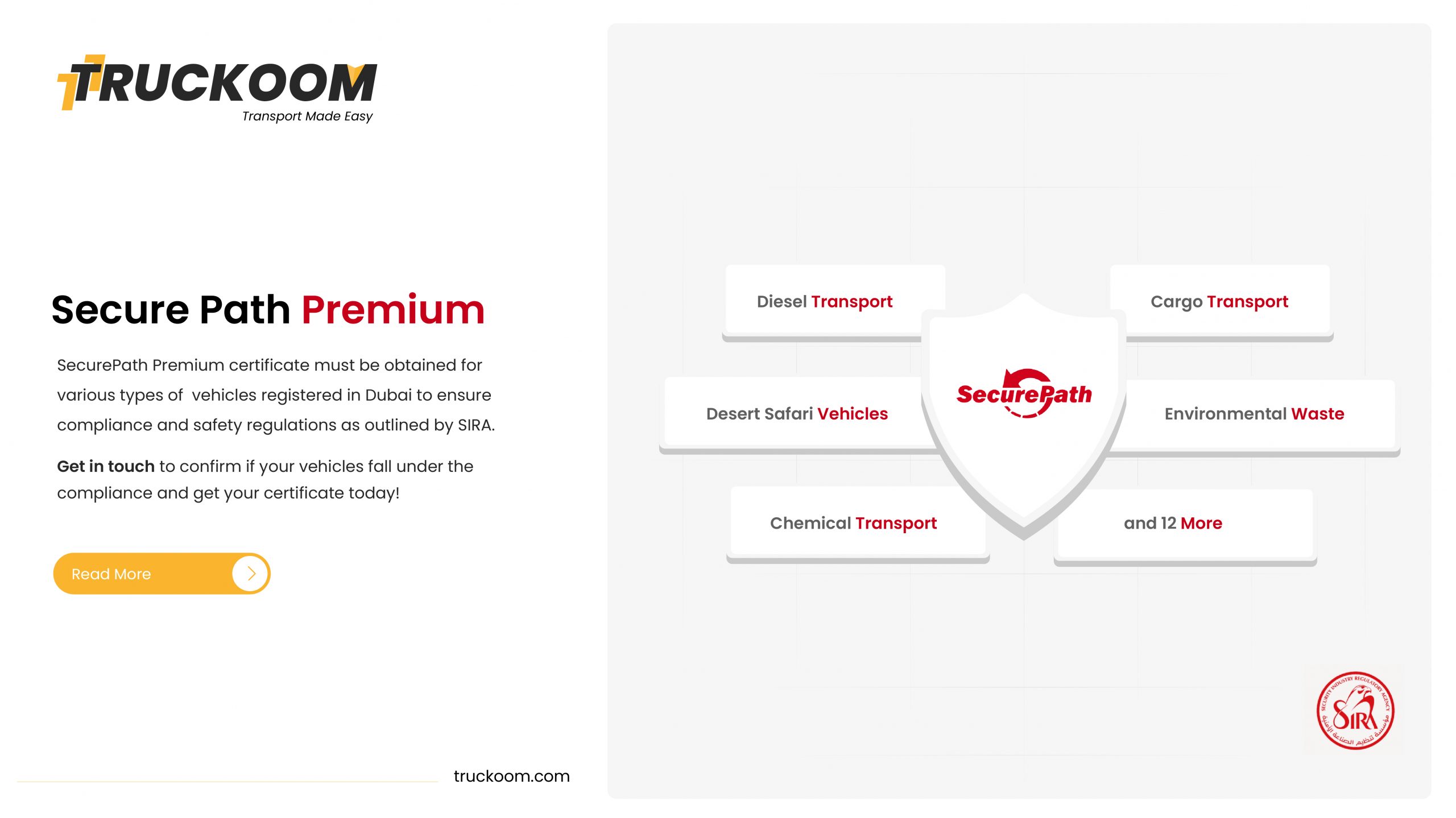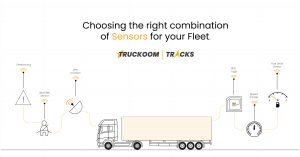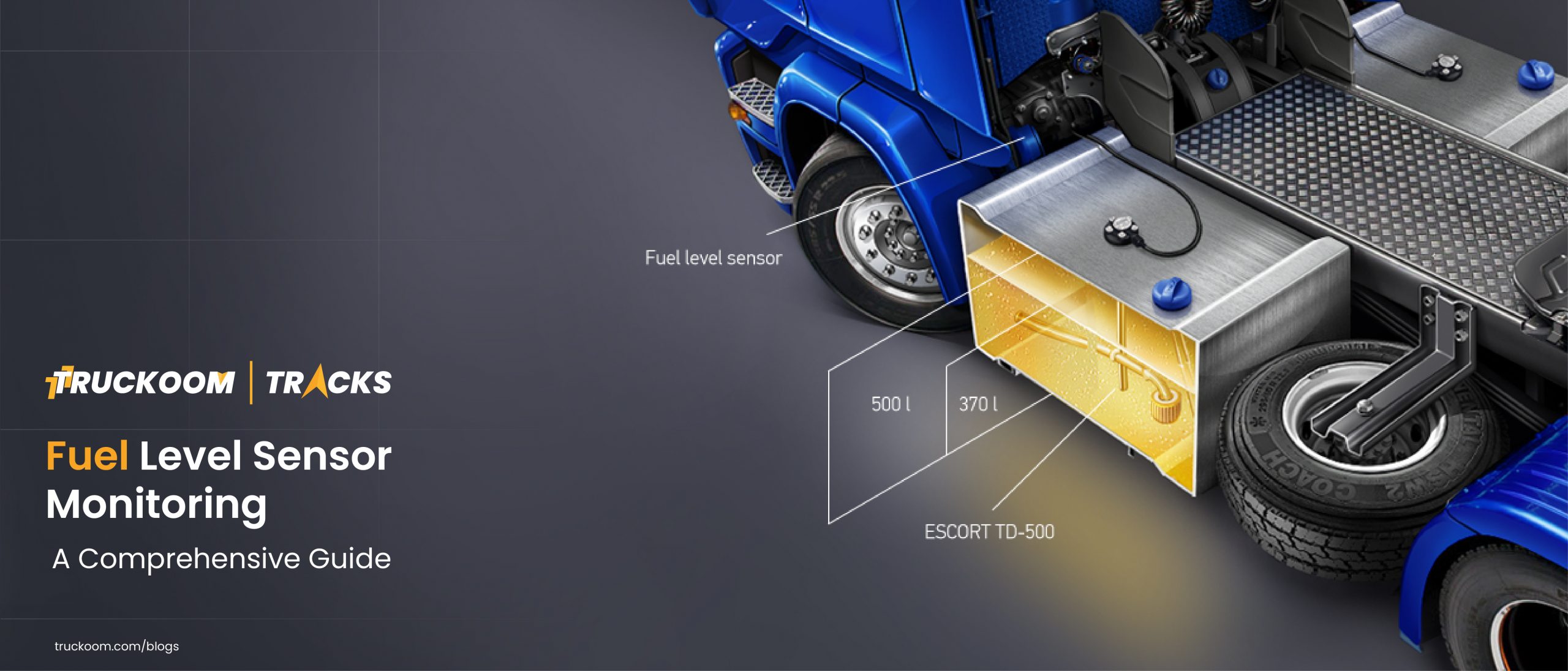As the world is moving towards modernization, there is also an increase in the utilization of technology which in return has caused an elevation in the facilities. School bus routes are no exception to such technology. This technology helps provide security and timely transportation, which is the main purpose of the school authorities
Running a successful school bus fleet depends on finding strategies to ensure that buses arrive at and depart from schools safely while operating at maximum efficiency. This fact is also challenged by given budgetary restrictions due to which schools must find ways to reduce the cost and at the same time provide quality services.
The new technology has gifted the schools with school bus tracking GPS system which has offered several strategies to save costs and improve operations’ profitability. Automated school bus route optimization being one of them.
- UNDERSTANDING BUS ROUTE OPTIMIZATION:
An automated approach called “School Bus Route Optimization” develops the most practical and economical routes for a certain fleet of school buses while simultaneously considering a wide range of variables. This is made possible by utilizing artificial intelligence to assist in creating a special algorithm for the task.
Transport managers can easily avail route optimization along with video telematics solution which is AI powered from services given at Truckoom. But don’t forget that along with this, their own efforts matter a lot.
Here are some crucial pointers to help you get the most out of school bus route optimization and maximize cost effectiveness:
- KNOW THE COUNTS:
The number of children that need to be transported, as well as the precise locations where each kid must be picked up and dropped off, must be known in advance by school districts. As new students enroll and depart each year, these figures can vary greatly.
Families frequently relocate, so while school districts can estimate the number of children they might have each year, they will need to receive the precise number before the start of the school year. School bus scheduling software has made the job of tracking students easier and can help provide maximum efficiency at this point.
- MAINTAIN AND MANAGE RECORDS:
Optimizing School Bus Routes for maximum efficiency crucially depends upon accurate data analysis and records, without this the entire process would fail. This data should be classified into information about:
1. STUDENTS’ DATA:
The system must be able to retrieve all student profile information, including street address, route, and bus stop. Every student must also have their updated medical information, special needs, emergency contacts, custody arrangements, and daycare information.
2. DRIVERS’ INFORMATION:
It is necessary to record all driver data centrally, including attendance, logged work hours, timetables, training, certification status, and traffic violations.
3. FLEET RECORDS:
All information related to the vehicle’s type, how old it is, how many miles it has travelled, seating capacity, any specialized equipment etc. must be updated into the system as it will track the time for tune-ups to ensure the vehicle’s reliability.
- EXPLAIN OPTIMIZATION NECESSITY:
Enforcing transport optimization for optimized routes might cause difficulty for some families and require legal changes in policies by school authorities. Therefore, the ultimate objective of the optimization process must be made clear to all stakeholders to ensure that students are transported in a safer and more effective manner.
Along with route optimization, Truckoom provides certain features that show deviation from predefined route which should be taken into consideration especially in the case of school buses. Availing these services from Truckoom can
help record data about delays and deviations that is going to improve the operations, provide greater safety for children and initially contributes to the parents’ safety.
- BE TRANSPARENT:
Fleet trip management solutions need money, therefore it’s critical to make sure stakeholders and school administrators recognize their significance. Schools and parents may have to adapt to certain new policies and practices, which they may not like but, if the changes prove to be successful, they will be more likely to feel at ease with them. These include alternate routes, pickup and drop-off hours, and other factors that could boost productivity and provide transport optimization for greater efficiency.
- REDUCE THE NUMBER OF STOPS:
Of course, minimizing the number of required stops is a straightforward yet intricate part of optimizing school bus routes. Less stops allow drivers to use less petrol, stop the engine less frequently, and transport students from point A to point B more quickly. Even though some kids would need to travel further on foot or board a different bus than they are used to, doing so can increase the effectiveness of a bus fleet.
- HANDLING ROAD RESTRICTIONS:
Rerouting around particular road constraints, such as barricades, turn restrictions based on bus size, speed limits at different times of the day, and traffic jams, must be prioritized. As a result, fleet efficiency will rise, and time and fuel waste will be decreased.
- PRIORITIZE SAFETY:
In the end, all hard work is of no use if the optimized routes are not considered safe for children. It is important to keep some points in mind when taking safety management in mind and they are as follows:
1. CLEAR VISIBILITY:
Avoid pick and drop points that are in dangerous areas such as hills and hazardous curves etc. where the visibility of the drivers and children is not clear.
2. CROSSING ROADS:
Additionally, stay away from crossing points where students must cross major streets without sidewalks.
3. SAFETY EQUIPMENT:
To ensure student safety, it is essential that school buses are equipped with warning lights and stop signs, especially when loading and unloading students.
As pointed out earlier, Truckoom provides video telematics solution which is AI powered and this can majorly improve the safety measures as it detects rash and harsh driving using machine learning and responses along computer vision.
This can ensure that there are lesser risks of road accidents and that the drivers drive safely, according to the traffic laws. Parents trust the school buses to transport their children safely and this feature can help encrust that trust further.
CONCLUSION:
As a result, school bus route optimization is an interactive process that requires careful planning, foresight, flexibility, and a team effort from all stakeholders to succeed. Truckoom can be your best ally in all of this as it offers automated route optimization, bus route monitoring and features for database management about delays and deviations, AI powered video telematics solutions which help give preventative maintenance.
So, by securing these features and technology from Truckoom and following the tips given above, you can easily learn how to optimize school bus routes for maximum efficiency.




